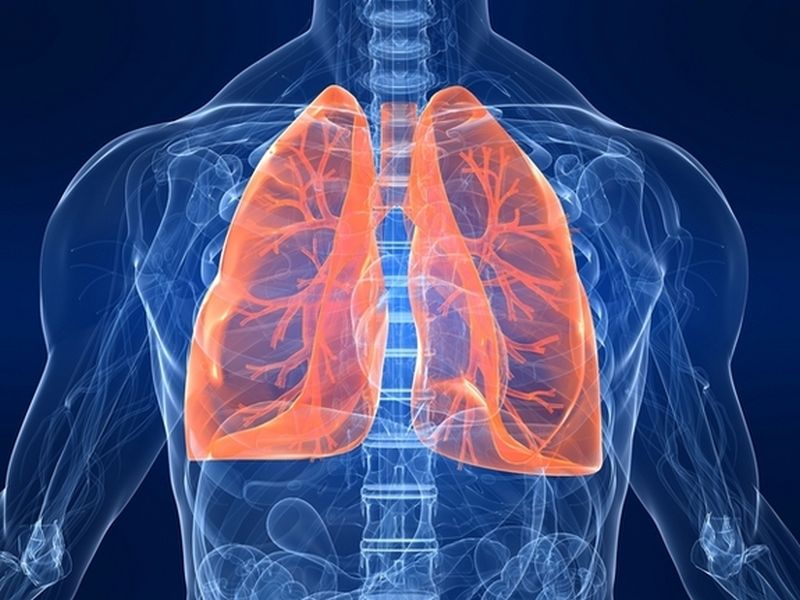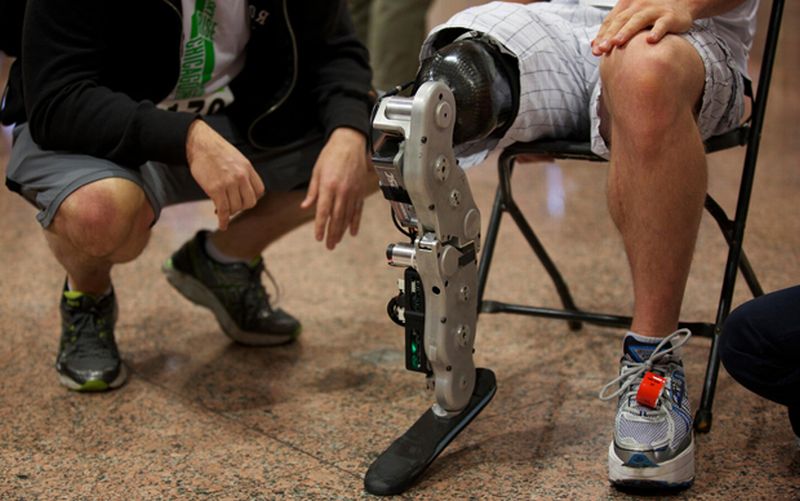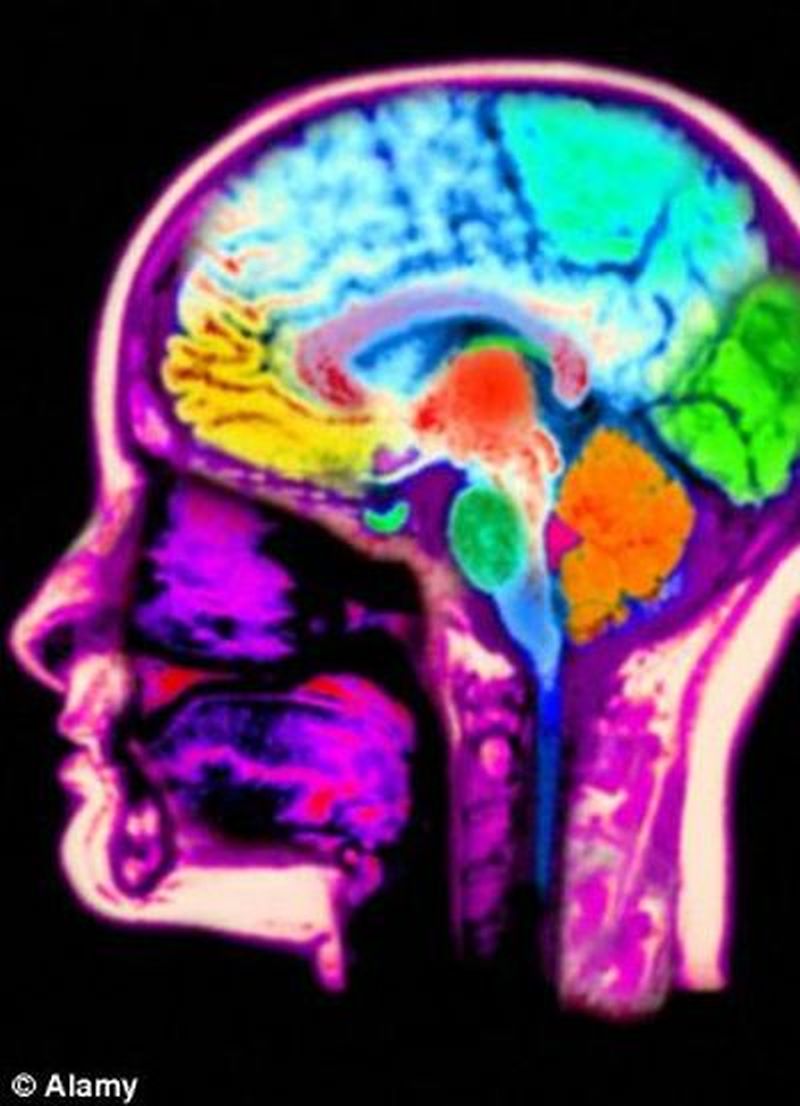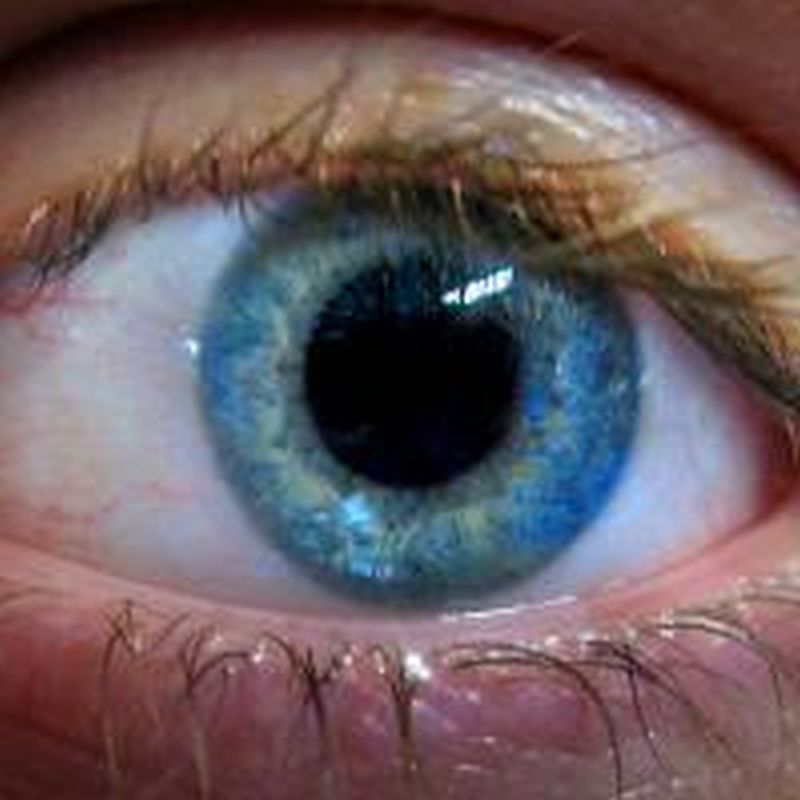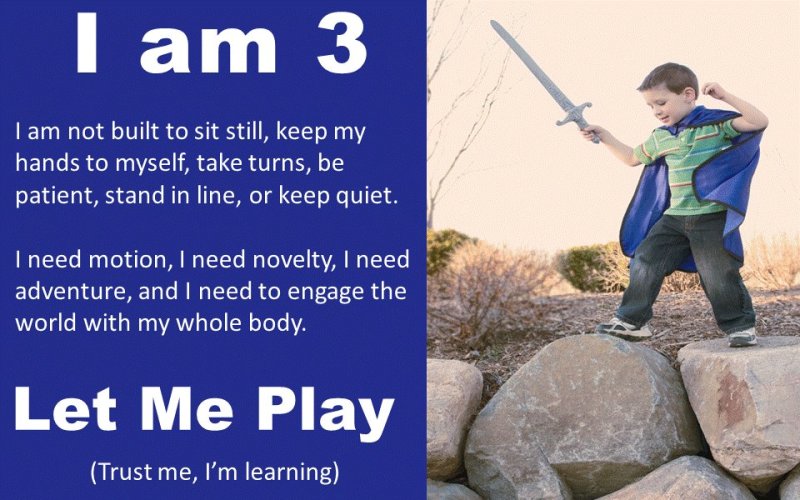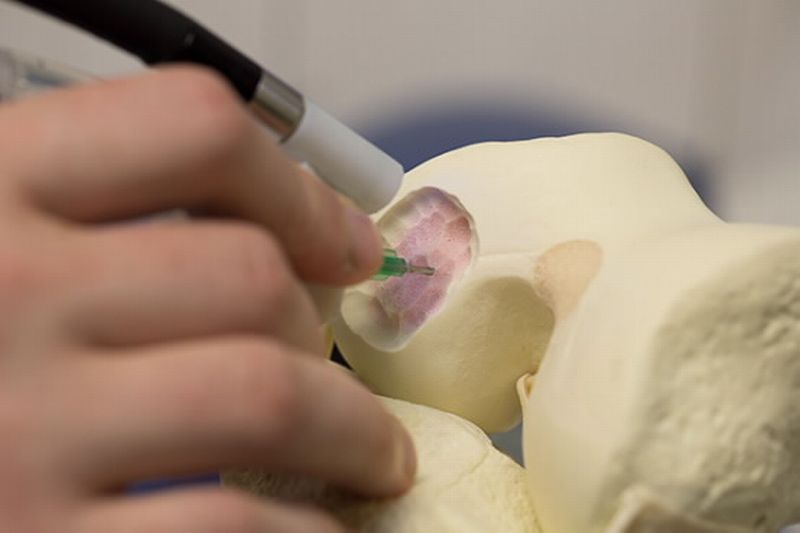Technology has made our world simpler and a better place to live. Many tedious work has been now replaced by machines, giving humans more time to relax and enjoy. But with this comfort comes problem related to weight. And it is a known fact, that losing weight is difficult but even more challenging to keep it at bay. But don’t be disheartened with this news because as per the latest study conducted at University of Kentucky College of Agriculture, Food and Environment, stress management intervention program can be effective in…
Read MoreCategory: Health Tonics
Kids World Are Gender Specific: A Study
As per the latest research conducted at Michigan State University, world around kids are greatly segregated by gender. In total 426 students were observed, ranging from second to fourth grade from five elementary school in United States. They found boys and girls does not mind being friends however, they strongly believed that girls play with girls and boys with boys only.
Read MoreDanger Of Carbon Monoxide Poisoning During Winters
Winters breaking all records each year and pushing humans to dependent on heaters to cope up with this dip in temperature. With the increase in use of space heaters, humans are at increased risk of carbon monoxide (CO) poisoning as-well. Carbon monoxide has been also termed as Silent Killer by fireman and paramedics because it is colorless, odorless and tasteless and easily goes unnoticed until it gets too late.
Read MoreFree Play For Everyone (2)
A child’s main occupation in life is PLAY, which puts it high up the ladder of priorities in the world of child care. As promised earlier, this article is dedicated to parents who are looking for simple affordable ideas to boost their children’s play skills as well as overall development through play. When it comes to purposeful play, simplicity works just fine. It doesn’t have to be complicated or expensive at all. All you need to do is introduce simple themes and play tasks in a way that captures your…
Read MoreLike Nose Lungs Has A Sense For Smelling Too
Most of us believe that nose is the only organ, which can perceive smell but now this perception won’t hold for long. In a recent research, smell receptors have been found located in lungs as-well. These newly found olfactory receptors are termed as pulmonary neuroendocrine cells (PNECs).
Read MoreSleeping Can Prevent Brain Tissue Damages
In one of the article we have discussed how during sleep human brain cleans itself from toxins which if not removed can cause certain brain disorders. In a recent study, researchers have found that a healthy person deprived of sleep for just one night shows increase in molecules like NSE and S-100B in the blood concentration. These molecules are exclusively found in the brain and an increase accumulation of these in blood indicates that insufficient sleep results in brain tissue damage.
Read MoreInfant Boys Prefer Dolls Over Other Mechanical Toys
We all firmly believe that girls like to play with dolls and boy prefer car, truck, gun and so on. But in a recent study it was found that infant boys like dolls over other mechanical toys like cars. The researchers from the University of Western Sydney conducted the study using a technology known as state-of-the-art eye-tracker. The study revealed that the infant baby of 5 months stared at the dolls for longer duration than the trucks and showed an inclination towards playing with dolls over cars or boy like…
Read MoreEat Cranberries For A Longer Life Span
We all love eating cranberries, but I was not aware that they have antioxidant properties which helps in having a longer & healthy life. Researchers from the National Institute on Aging in Baltimore conducted the study on a fruit fly called Drosophila.
Read MoreFirst Artificial Leg That Reads Brain Signal To Walk
Groundbreaking research conducted at RIC has found a way of controlling an artificial leg via brain. Researchers have come up with first of its own kind bionic, mind controlled leg, taking bionics to the next level. This advancement in medical field is still in its testing phase. Although, mind controlled bionic arm has already been available to amputees so far. As per Zac Vawter, 32, who in a bike accident lost his leg 4 years back says, there’s nothing special that he had to learn like giving some tugs or…
Read MoreVideo Games Helps In Boosting Grey Matter Of The Brain
There is good news for all the folks who are addicted to video games and find it difficult to leave it. Researchers in a recent study found that playing video games could actually help in boosting the performance of the brain. They found that the person playing video games on an average of 30 minutes daily for 2 months have shown an increase in the grey matter of the brain areas involved in controlling the spatial consciousness, memory, and critical thinking.
Read MoreWomen Require Longer Hour Of Sleep Than Men
Recent research by Duke University, in Durham, North Carolina, revealed women require more sleep than men do. Previous studies on the topic suggests women deprived of ample sleep is more likely to show sign of anger, aggressiveness and may suffer from heart disease, psychological problems, depression, strokes and inflammation within the body.
Read MoreAn Element Of Aging In Mice Can Be Reversed: A Research
Today various beauty treatments and products are available, which claims to slow down the effect of aging and thus prolonging youthfulness. Recently a team of researchers from Harvard Medical School, the National Institute on Aging and the University of New South Wales, Sydney, Australia has discovered an element of aging, which can be reversed at molecular level.
Read MoreInkjet Technology To Print Eye Cell
For the first time a team of scientists from UK has pioneered in printing the eye cell taken from the adult eye using the new inkjet printing technology. Earlier scientists were able to print embryonic stem cells but could not create the delicate adult cells. Using the technology scientists now hope to fabricate tissue grafts made up of different cells taken from the retina of adult human eye to cure blindness or to create any replacement for damaged part or organ.
Read MoreFree Play For Everyone (1)
As promised in my last article, today I start a new series of posts to direct parents on how to spend what I like to call “smart times” with their little ones, and play games that will support a healthy development. In order to play right, a parent must know the types of play and the normal development of play in a child. This will give parents an opportunity to target the different types of play during their shared quality time. The main types of play are acquired throughout the…
Read MoreBioPen: A New Bone Printing Pen
Researchers at University of Wollongong (UOW), Australia has developed a new device using the 3 D printing technology known as BioPen. The latest technology will give the surgeons the power to design tailored implants directly at the injury spot and during surgery. Earlier surgeons had tough time finding matching tissues or body parts during surgeries and transplants. Using this hand held BioPen, creating even new bones identical to individual patient will now be possible.
Read More




